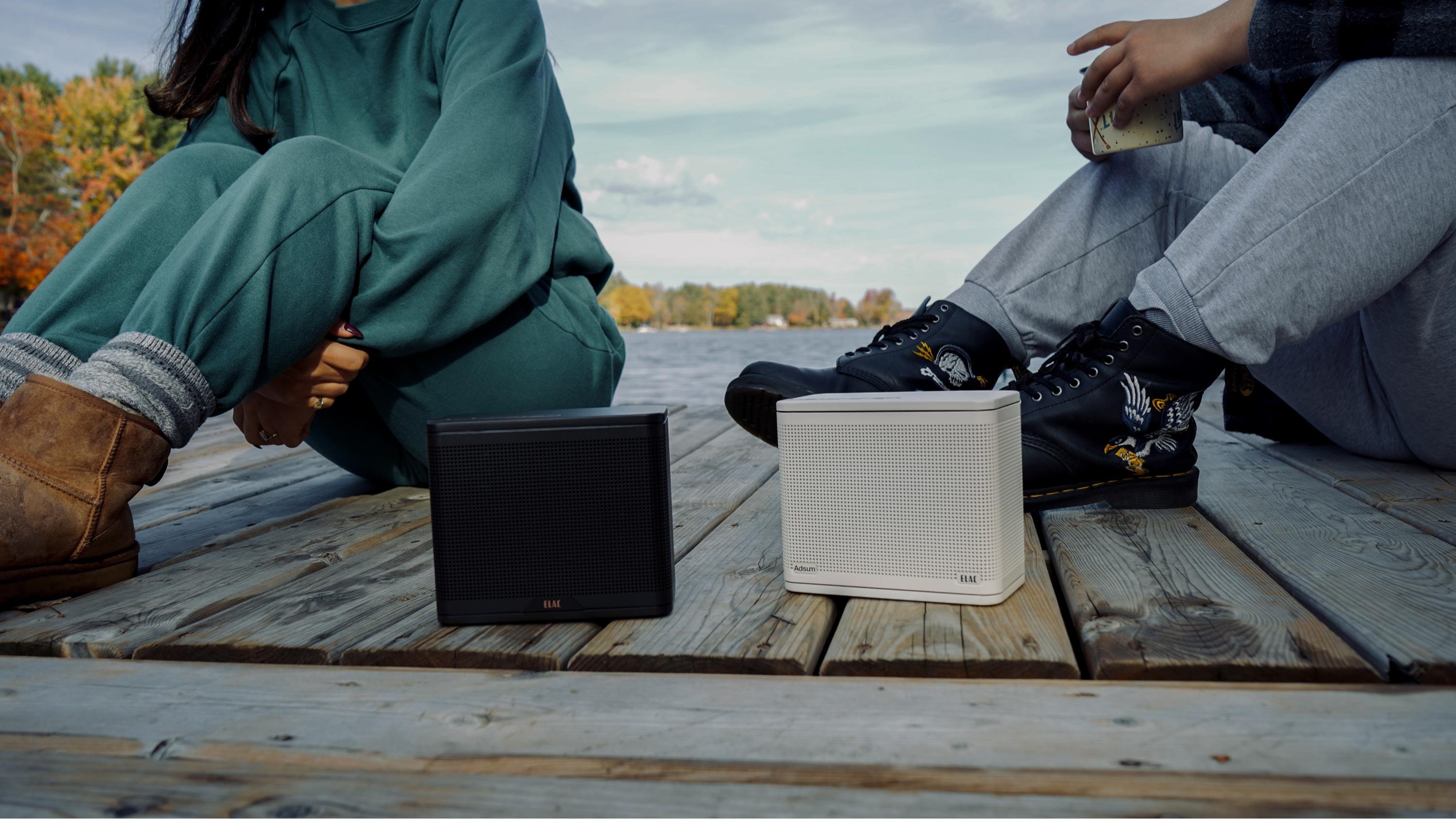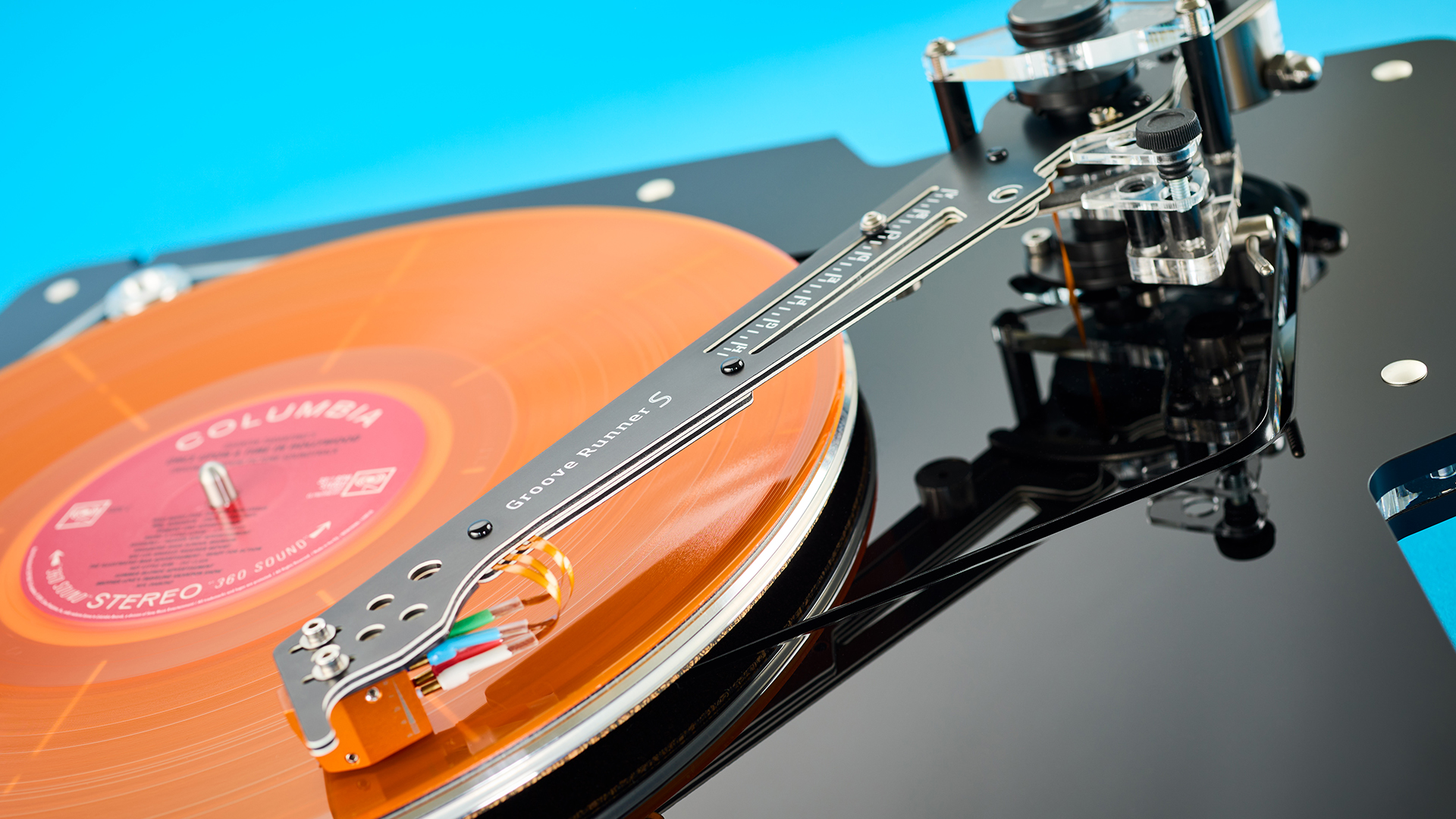
“It just works.” This was the mantra that Steve Jobs used to repeat with alarming regularity, from his NXT days to when he was CEO of Apple. Whether he was launching iMacs or the first iPods, explaining iTunes or digital downloads, the promise was that this potentially confusing, maybe even scary, new technology could be easily and seamlessly enjoyed by everyone. It just works.
And this made a lot of sense. It tackled head-on many people’s fears, conscious or otherwise, with new technology. It will be complicated; it's hard to set up; you’ll need to be an IT expert to get it to work. “It just works” aimed to remove that seed of worry and doubt before it even got the chance to be planted in your head.
Helpfully, Apple also had a habit of making excellent products that by and large did work pretty seamlessly, meaning “it just works” became part of our collective psyche when we think of Apple products. This no doubt helped Apple win the war with Android when it came to delivering what was perceived to be the ultimate and smoothest smartphone experience. Sure, that’s a battle that rages on and is arguably now pretty close in terms of performance, but Apple products are undoubtedly known for their seamless ease of use, thanks in part to this marketing.
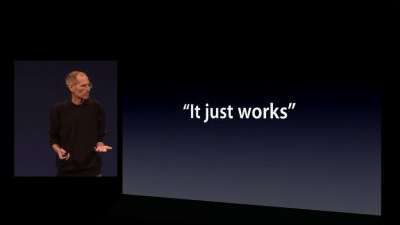
I’ve been thinking about this in recent weeks every time I’ve been annoyed by a product just... not working, an issue that seems to have never quite gone away ever since the first consumer electronics products with wireless chipsets started arriving in our homes.
I was treated to the rare privilege of driving the Mercedes EQS to check out the Dolby Atmos surround system, and while the system sounded great, getting the integrated entertainment system connected to my Apple Music account to hear the spatial audio was absolutely not simple.
At home, the Sonos speaker in my kitchen often decides to stop playing, start playing, disappear completely from the Sonos app, and on and on… When my toddler is repeatedly demanding "Old MacDonald Had a Farm", you don't want to find yourself furiously opening and closing the app in order to get the song playing.
Back in the office, I was trying out a pair of Technics headphones. Well, one minute they were connected to my laptop and the next minute… gone. Repeatedly. As I recognise my privilege and reach for a pair of B&W headphones instead, they decide to show no interest whatsoever in connecting to my laptop.
The latest hi-fi, home cinema and tech news, reviews, buying advice and deals, direct to your inbox.
And it’s not just audio products; I recently bought a GoPro camera, and while the video quality is excellent, uploading, downloading and editing the content seems slow and unnecessarily buggy for such an expensive piece of kit.
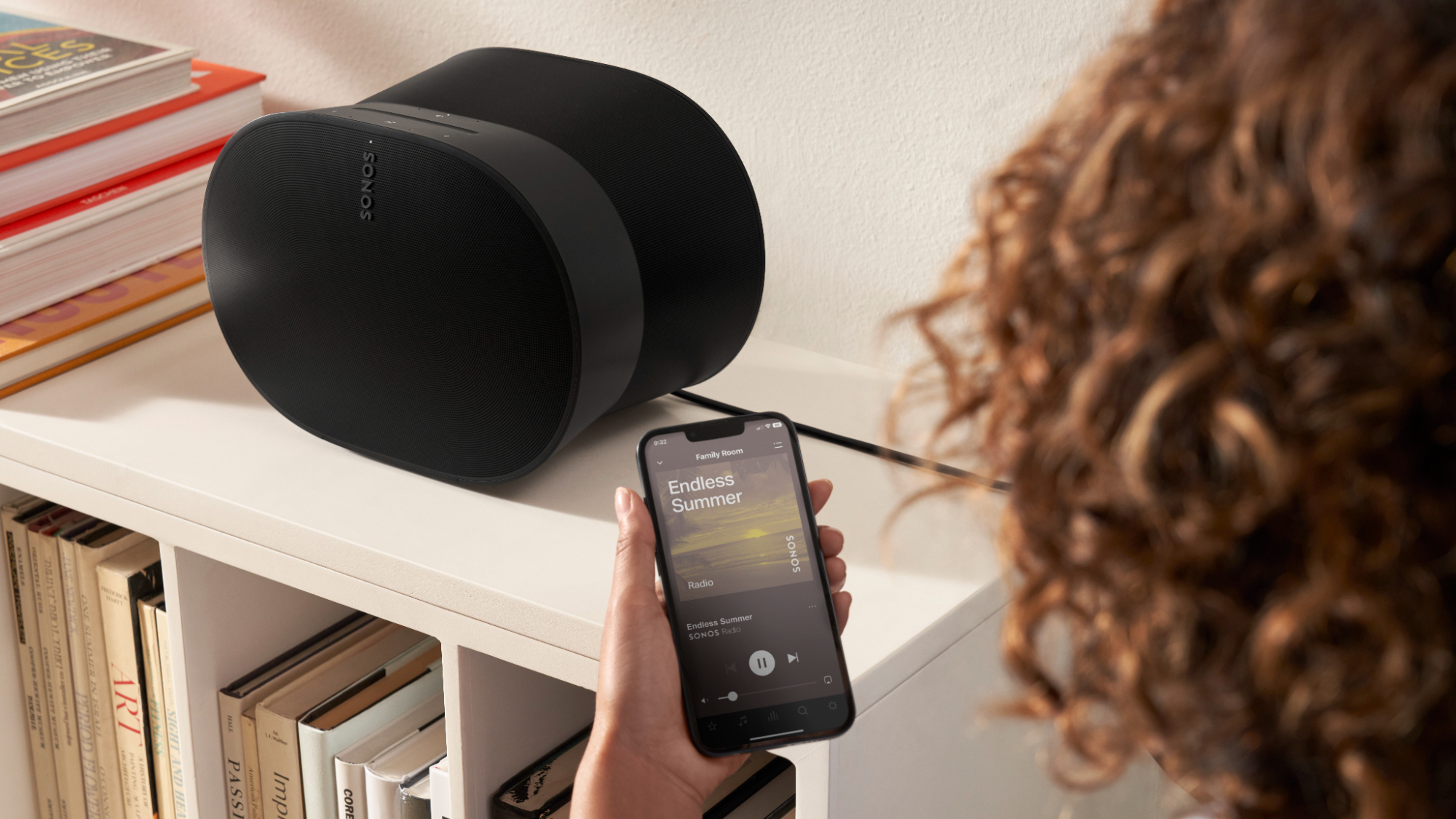
Is it me? Possibly. But even in my advancing years, some 20 years in the consumer electronics industry surely means I am fairly tech-savvy? And yet here we are.
Is it something wrong with these specific products? Possibly. Could it be my wi-fi, my laptop, or perhaps the wind is blowing in the wrong direction? All possible. But ultimately, that’s not really the point.
The common denominator here is that all of our consumer electronics products are now inordinately clever. At least, they are on a good day. They can do a million and one things, come with their own app, can connect to other apps, have wi-fi, Bluetooth… you name it. But, as we often say in the test rooms, “The problem is, it’s also a computer.” And computers can go wrong. This is what Steve Jobs knew all too well. He knew your shiny new thing needed to just work.
Because sometimes, maybe most of the time, you might just want to listen to some music, and not have to run the gamut of wi-fi connectivity, streaming services, control apps and more.
So, after being annoyed by my headphones, stumped by Sonos and full-to-bursting with various tech-related frustrations, I turned to my dependable old friend. I own lots of records, a turntable, an amplifier and speakers. You may know this as a hi-fi system. Turn on the amplifier, remove the record from its sleeve, place it on the deck and lower the needle, and hey presto – I’m listening to music. You could say… it just works.
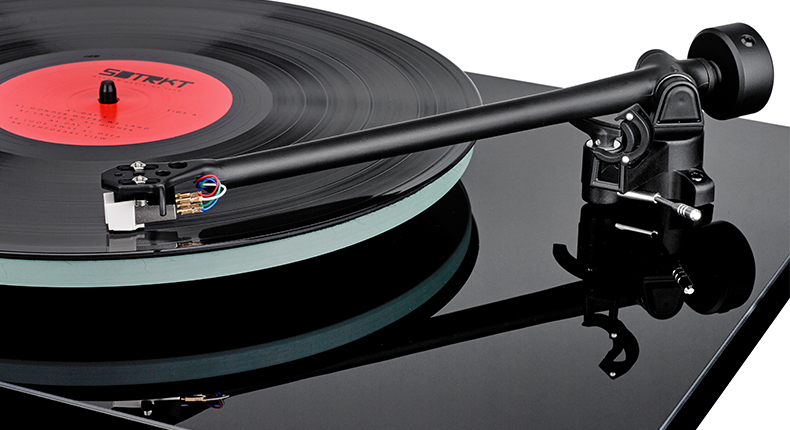
Sure, hi-fi can be complicated if you want – a record player is a decent example of that – but playing a CD or record will most of the time be very simple and immediate, which now sits as a welcome relief from the myriad, fallible ways we can (attempt to) listen to our favourite music in the 21st century.
I love the convenience and functionality that technology – notably wireless, streaming music – has enabled, and wouldn't be without my wireless headphones and home streaming system, but I was happy to remind myself that sometimes, it's nice just to put away your phone and cue up a record.
And perhaps that’s why Steve Jobs, even after launching the iPod and kick-starting the digital music revolution, was said to prefer listening to vinyl and owned a Linn Sondek and later a Michell GyroDec turntable. Hi-fi? It just works.
MORE:
Best hi-fi systems: CD, vinyl and streaming music systems for the home
3 of the best turntable systems for playing vinyl
Best record players: best turntables for every budget

Joe is the Content Director for What Hi-Fi? and Future’s Product Testing, having previously been the Global Editor-in-Chief of What Hi-Fi?. He has worked on What Hi-Fi? across the print magazine and website for almost 20 years, writing news, reviews and features on everything from turntables to TVs, headphones to hi-fi separates. He has covered product launch events across the world, from Apple to Technics, Sony and Samsung; reported from CES, the Bristol Show, and Munich High End for many years; and written for sites such as the BBC, Stuff and The Guardian. In his spare time, he enjoys expanding his vinyl collection and cycling (not at the same time).
